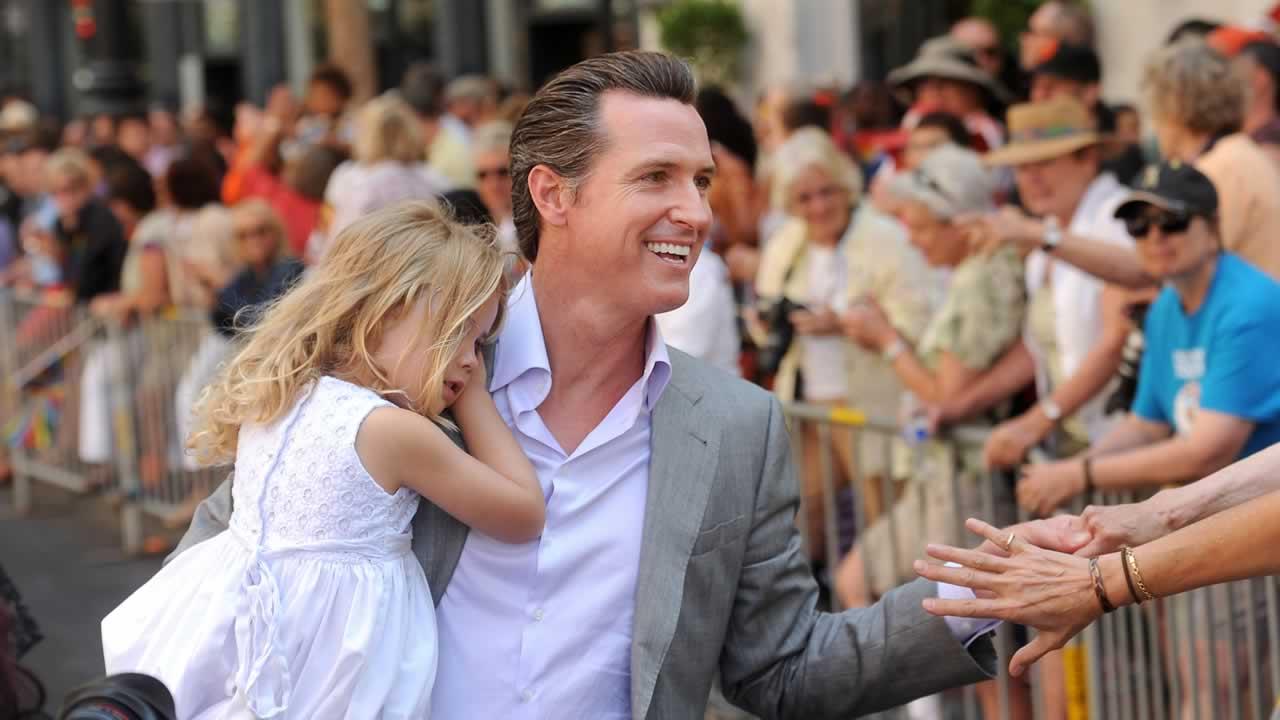Presidents Xi of China and Obama of the United States met yesterday at the Sunnylands Estate in California. The dress code of the event was “no ties,” to emphasize the casual and friendly nature of the talks, but both leaders still chose to wear conservative solid navy suits and white shirts. (Photo: Evan Vucci, AP)
Wearing a suit without a tie can cause controversy. Proponents of the look call it “executive casual,” referring to the ensembles preferred by company executives who do not need to conform to a dress code, but still wish to look elevated. Critics, however, dub the look “the Ahmadinejad,” referring to the unpopular former Iranian President, whose country forbids the wearing of a tie due to the garment’s implications of Western oppression.
For a long time, I was not a huge fan of wearing a suit without a tie. After all, it makes no sense why anyone would bother putting on matching jackets and trousers if he considers tie as too inconvenient. Aesthetically, though, there’s really no reason why a sport jacket and odd trousers could be worn tieless and a suit cannot. So, lately, I’ve been finding myself doing the exact same thing that I attacked viciously just years ago - putting on a suit, checkered shirt, and a brightly-colored pocket square, but leaving the tie at home.
Why Do We Wear Ties Anyways?
To remove a tie from an ensemble, it is first important to understand the purpose of a necktie. In addition to filling up the space below one’s neck and above the lapel, the necktie also serves to add color, slim the body, and provide so-called “balance” to the ensemble by “tying an ensemble together.”
For example, if I were to wear a navy suit and a white shirt, wearing a tie of another color would reduce the starkness of the contrast between the two colors, making the ensemble more pleasant-looking. Even a navy tie can serve to enhance the ensemble, for it will reduce the amount of white color displayed to reduce the amount of contrast seen.
Leaving the Tie At Home
 Lt. Gov. Gavin Newsom wears a lighter gray suit for an open-collar shirt. (AP Photo/Noah Berger)
Lt. Gov. Gavin Newsom wears a lighter gray suit for an open-collar shirt. (AP Photo/Noah Berger)
To accomplish the “executive casual” look, one should consider toning down the contrast between suit and shirt to trivialize the tie’s purpose of “tying together an ensemble.” One can do so by wearing a lighter colored suit (e.g. light gray and tan) or wearing a darker-colored and/or patterned shirt (solid white bad!). Also, one should consider choosing a suit with little “tie space” (higher buttoning point) to begin with, such as a more modern two-button or a three-button-roll. Note that though double-breasted and three-button suits tend to have smaller tie spaces, the suits tend to be more formal, and thus unsuitable for executive casual.
Some stylists suggested against the button-down collar for this look because the colloar is inherently casual and not sufficiently executive for “executive casual.” Instead, they would recommend a spread collar, which can stand upright without a tie and has uppity implications.
Stylists also warned against pinstripe suits due to their so-called formality, but I find no basis for their concerns because the pinstripe suit is not formal, but rather for business. Instead, I think the pinstripe suit is perhaps even ideal for this role - the stripes can both add color and serve a slimming and lengthening effect, both of which are usually the role of a tie. I would also add that the charcoal or dark gray suit should be avoided completely - both colors are too boring and too formal for executive casual.
Don’t forget a pocket square for a finishing touch!